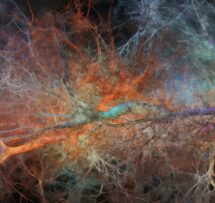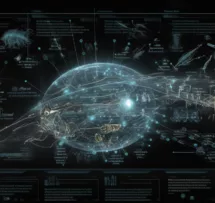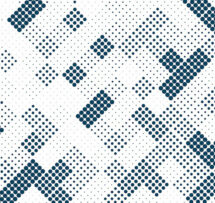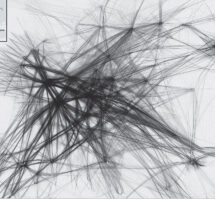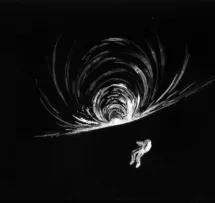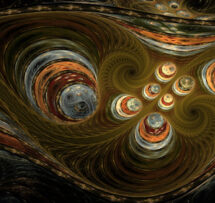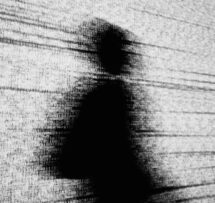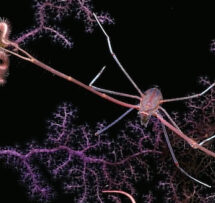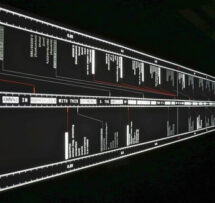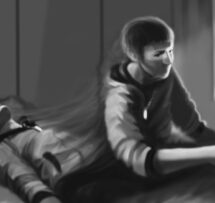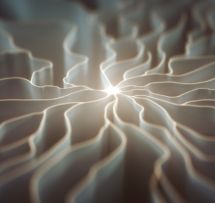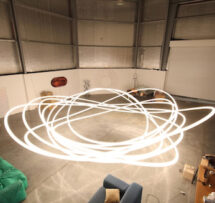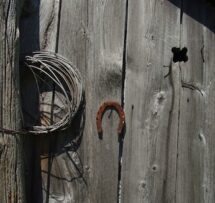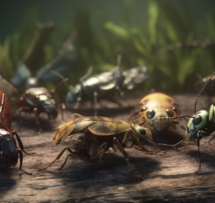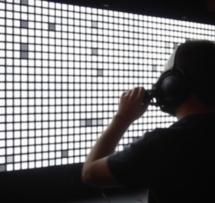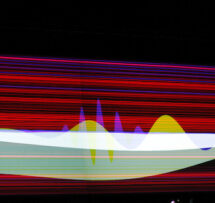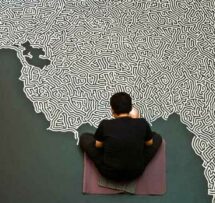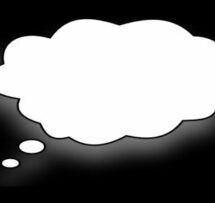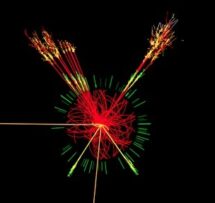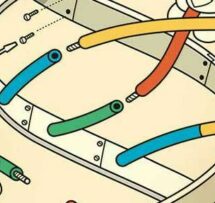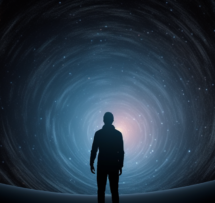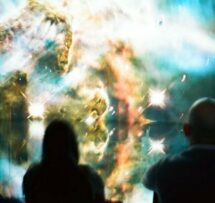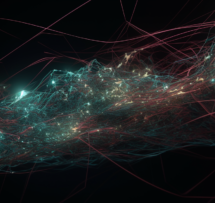The clock in your cells that controls your life

Science & Cocktails is proud to present a unique episode of its series with Joe Takahashi, Loyd B. Sands Distinguished Chair in Neuroscience, and the man who found the "Clock" gene in your DNA. He will tell you how every cell in your body "ticks" at a given rhythm and how paying attention to it can improve your health. All this after Bøgh/Bülow takes the stage.
How do circadian clocks function? How does the circadian clock affect your life? What is the physiological role of the circadian clock in animals and humans? How are the various clocks in our body orchestrated and are there consequences for desynchrony of our clocks caused by jetlag or shift work?
We live on a planet with a 24-hour day-night cycle that determines the energetic cycle of essentially all forms of life. While plants harvest energy from light in the day and store energy at night, our bodies also work in daily energy cycles of activity and rest, feeding and fasting.
To anticipate the daily cycles on our planet, living systems have evolved internal biological clocks that predict the 24-hour passage of time. These clocks are known as “circadian clocks” from the Latin “circa” (about) and “dian” (day).
The laboratory of Joseph Takahashi discovered the first gene that controls circadian rhythms in mouse and humans, known as the “Clock” gene. This gene regulates our activity and sleep and plays a role in many parts of the body including metabolism, the immune system and heart function.
All of our major organs in the body have their own circadian clock, so essentially every cell in our bodies “ticks” according to circadian rhythms. Takahashi and his colleagues showed that paying attention to your circadian rhythm has many health benefits. Takahashi will focus on the role of calories, fasting and circadian aligned feeding as critical factors for aging, healthspan and longevity.
Event held in English and with the generous support of the Novo Nordisk Foundation.
Talk by
Joseph Takahashi
Joseph S. Takahashi, PhD is the Loyd B. Sands Distinguished Chair in Neuroscience, Investigator in the Howard Hughes Medical Institute, and Chair of the Department of Neuroscience at the University of Texas Southwestern Medical Center in Dallas. He joined UT Southwestern in 2009. His research interests are the molecular mechanism of circadian clocks, neuroscience, and the genetic basis of behavior. Dr. Takahashi pioneered the use of genetics in the mouse as a tool for discovery of genes underlying neurobiology and behavior, and his discovery of the mouse and human Clock genes led to a description of a conserved circadian clock mechanism in animals.
Dr. Takahashi was born in Tokyo, Japan (US Citizen) and grew up in Burma, Italy and the Maryland suburbs of Washington, DC. He graduated from Swarthmore College, Pennsylvania, with a BA in Biology; did his graduate studies with Michael Menaker at UT Austin and University of Oregon, Eugene (PhD in 1981). He was Pharmacology Research Associate at the NIMH and joined the faculty of Northwestern University in 1983 until 2009. He is the author of more than 340 scientific publications and the recipient of many awards including the Honma International Prize in Biological Rhythms Research in 1986, W. Alden Spencer Award in Neuroscience from Columbia University in 2001, Outstanding Scientific Achievement Award from the Sleep Research Society in 2012, and the Gruber Neuroscience Prize in 2019. He was elected Fellow of the American Academy of Arts and Sciences in 2000, Member of the National Academy of Sciences in 2003, and Member of the National Academy of Medicine in 2014.

Music by
Bøgh/Bülow
Jazz musicians and former members of Bangin Bülow's Nice Jazz Quartet, pianist Mikas Bøgh Olesen and drummer Frederik Bülow, has now started a new project: a duo that explores the extreme limits of what is possible to play on their instruments. This duo's musical journey is a melting pot of different genres
and styles. Their jazz-based sound has been inspired by a long range of experimental electronic music ranging from ambient to industrial beats. Their experimental and pulsating sound is built on a foundation of complex rhythmic structures and harmonies which challenges both the musicians' abilities and the audience's expectations.
The duo creates a unique universe that is both catchy and alluring at the same time. They take the audience on a musical journey where they play with sound opportunities and explores new territories. With a mix of analog and digital sounds, they create an organic and vibrant sound that will get
audience to move. The duo have a common understanding of expression and vision, but they are still willing to take chances and try something new. They have a natural ability to play together and improvise, which gives their music a unique and vivid quality. It is a music that challenges the normal and takes jazz in a completely new direction. With their use of electronic music and experimental techniques, they create a sound that is both timeless and modern
same time. This duo's music is a tribute to music and its possibilities and is a must-see for anyone who wants to experience something unique and innovative.





